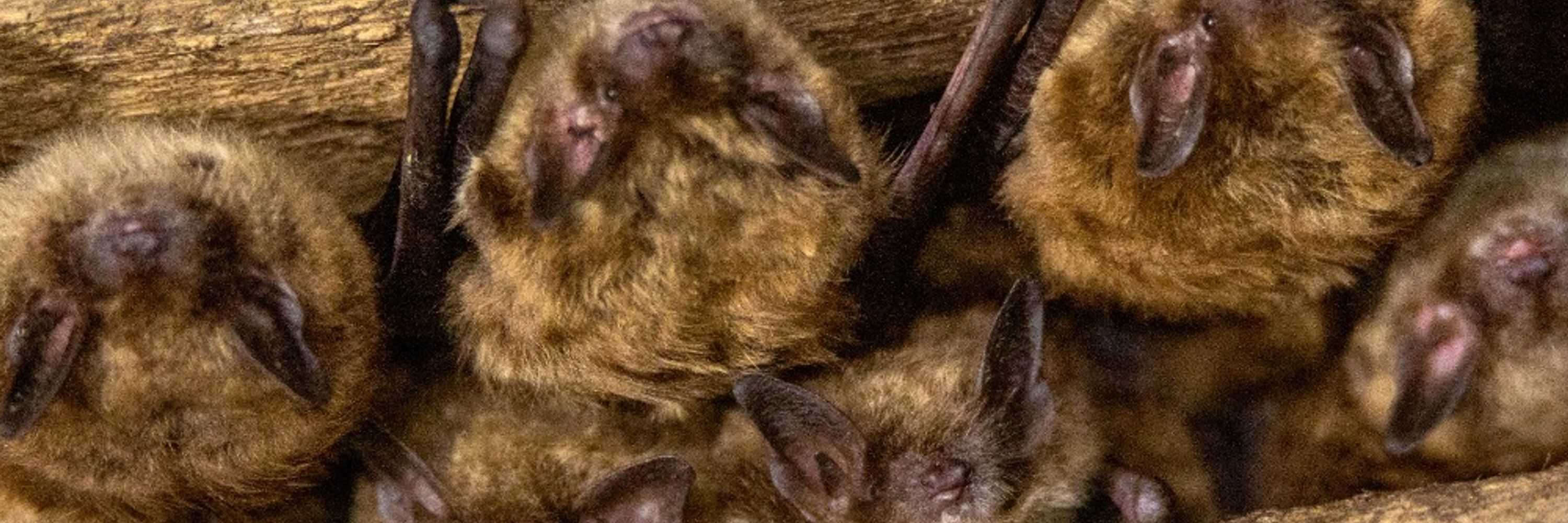Alberta Community Bat Program/Western Bat Program 🦇
@albertabats.bsky.social
3.8K followers
4K following
890 posts
Alberta Community Bat Program (www.albertabats.ca). Promoting bat conservation, stewardship & education. A program of WCS Canada (Wildlife Conservation Society Canada). Also posting for the overall Western Bat Program (www.wcsbats.ca).
Posts
Media
Videos
Starter Packs
Pinned
Reposted by Alberta Community Bat Program/Western Bat Program 🦇
Reposted by Alberta Community Bat Program/Western Bat Program 🦇
WCS Canada
@wcscanada.org
· 8d










